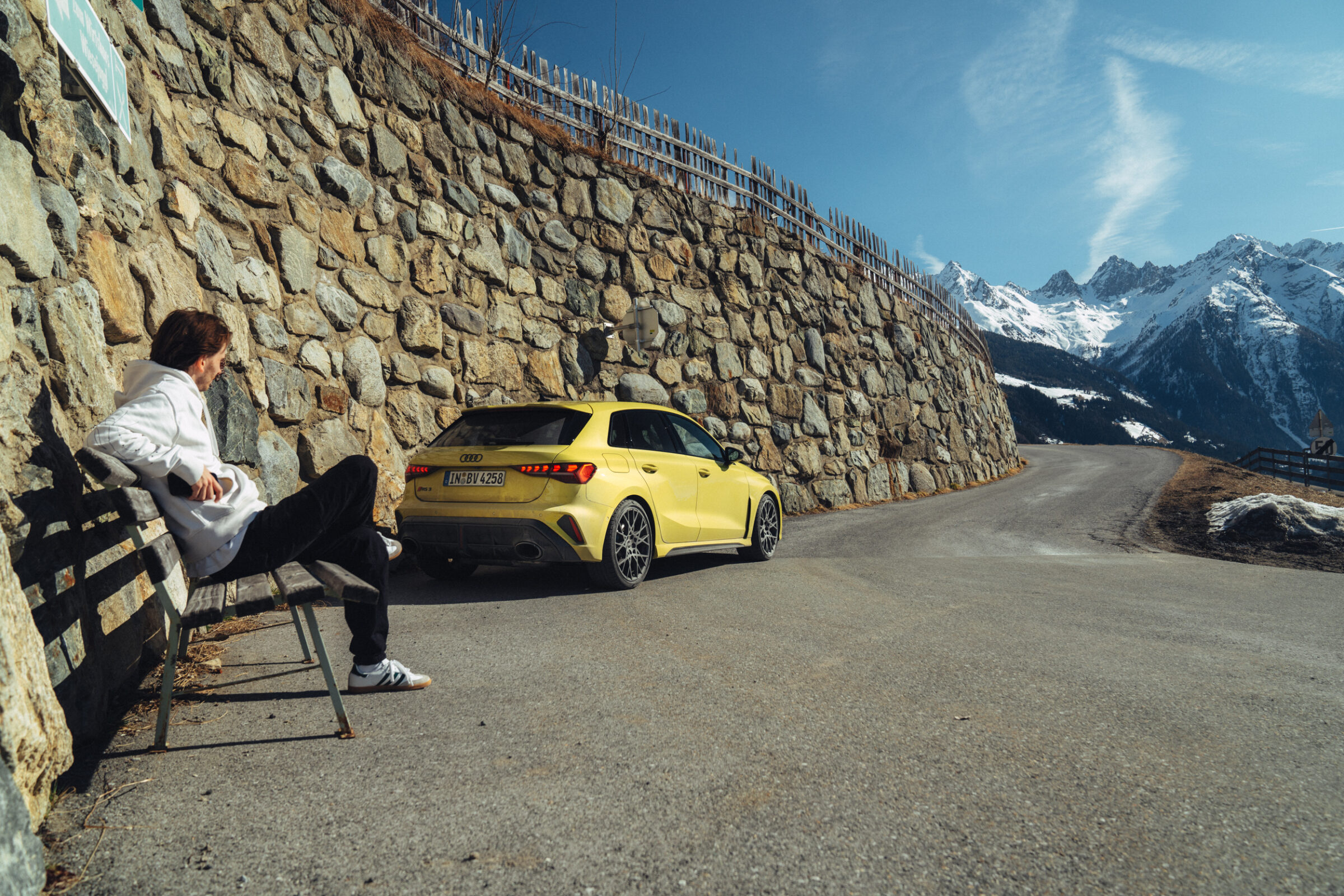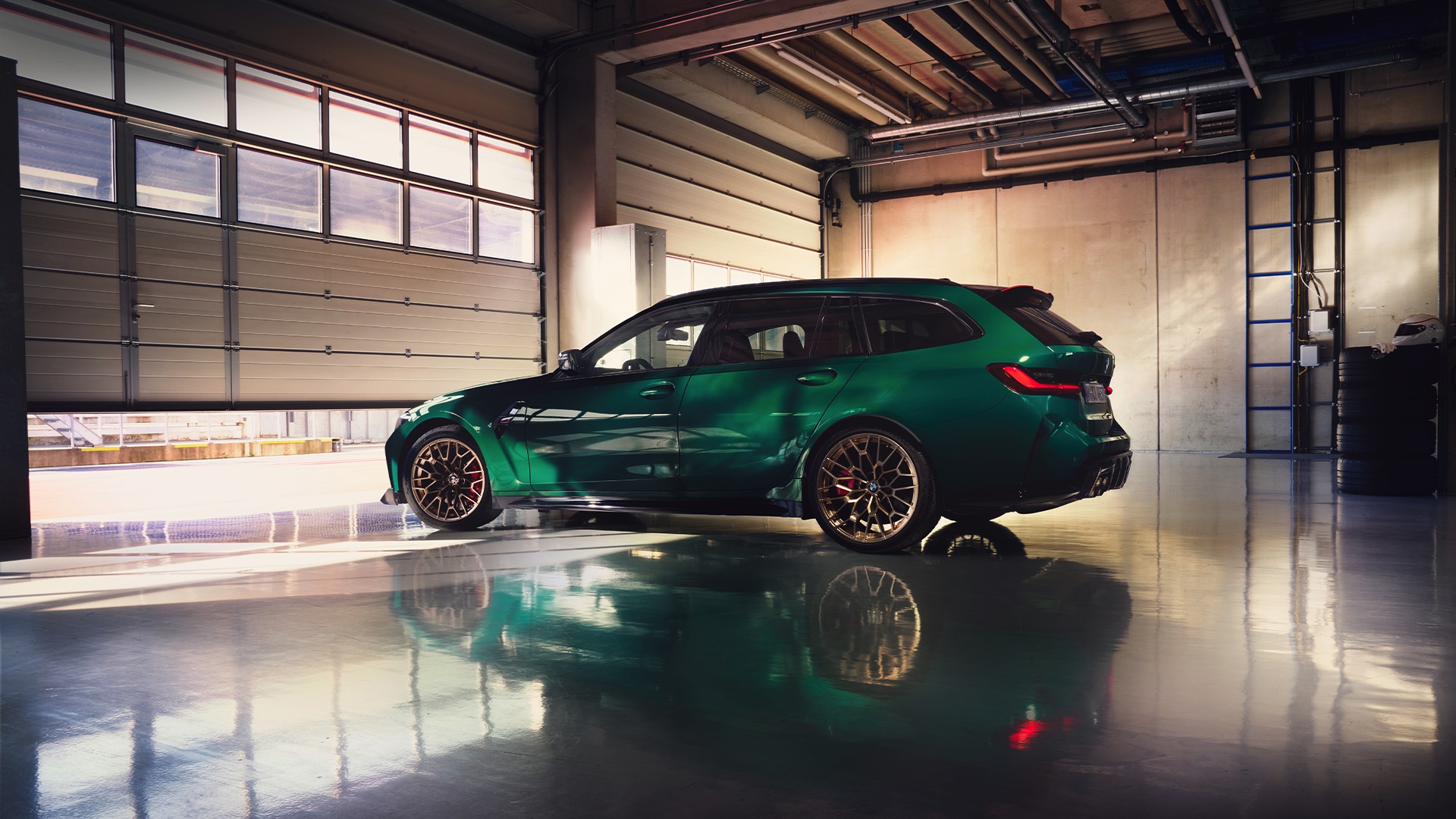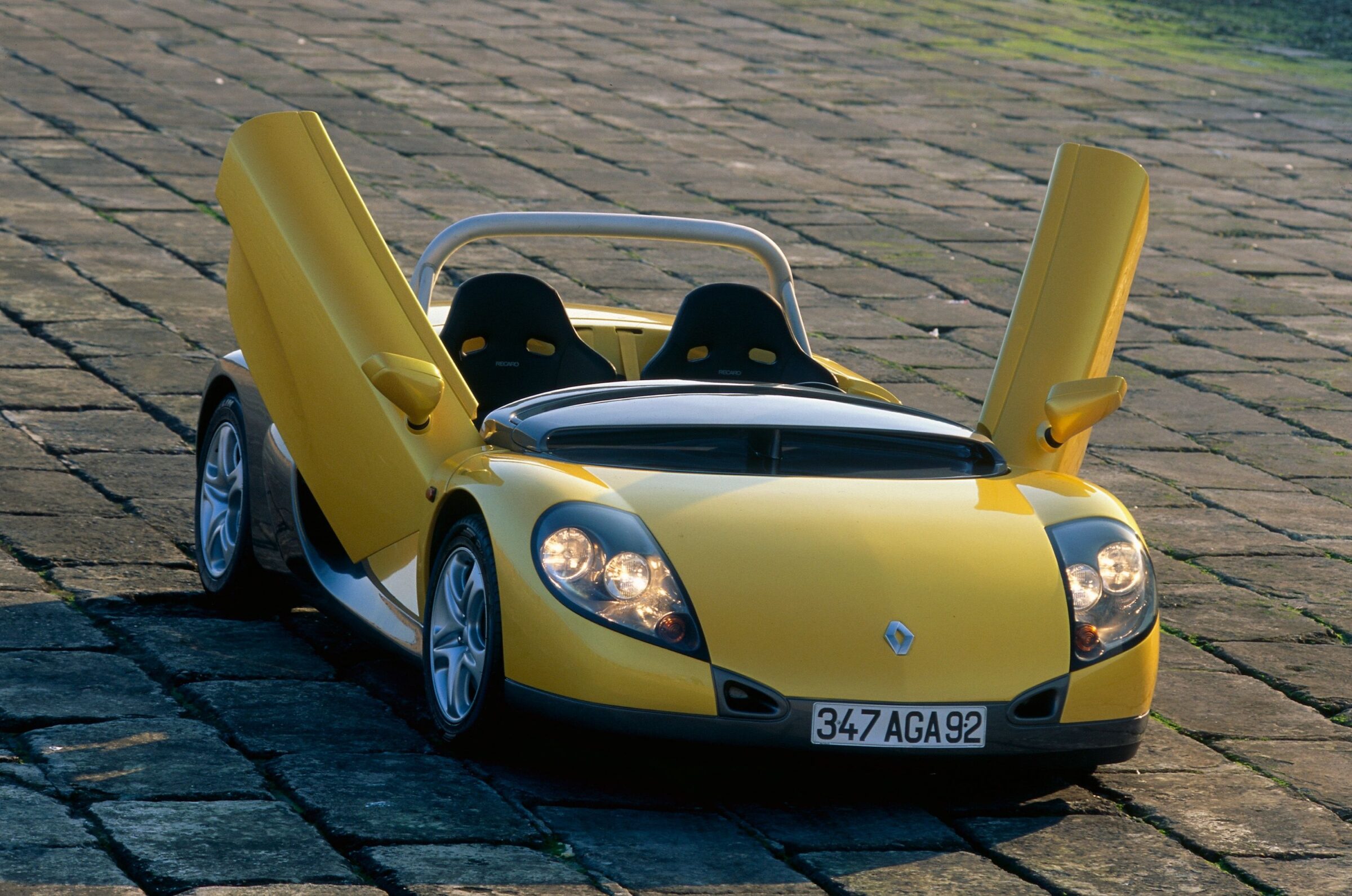Nissan Sunny GTi-R
When the FIA banned Group B in 1986, the smaller Group A moved up to the front row for 1987. It was based on near-production cars, mainly from the compact class. According to the regulations, the basic cars had to have at least four seats. In contrast to the permissive rules of Group B, manufacturers in Group A were required to produce significantly more homologation vehicles. Within one calender year, 2,500 units of the respective base car had to be produced. These had to share special add-on parts and the most important technical details with the rally car. Nevertheless, there were once again many car brands that wanted to take on the competition. They saw an advantage in being able to link sporting success directly with a vehicle that could be purchased.
Sunny GTi-R was created for Group A
For 1990 Nissan developed the then new seventh model generation of the Sunny into a rally car. As basis they used the three-door variant. In contrast to the normal series models here an all-wheel drive was used, which was based on the already before developed ATTESA system of Nissan. For this purpose, the Sunny GTi-R received a new transmission tunnel to guide the propshaft to the rear axle. A five-speed manual gearbox provided power from the two-liter, four-cylinder turbocharged engine. A Garrett GT28 turbocharger and an intercooler installed above the engine helped the car produce 162 kW/220 hp and 267 Nm of torque. To withstand the 0.73 bar boost pressure, the cylinder heads were made of aluminium with sodium-filled exhaust valves. Likewise, Nissan manufactured the engine block from aluminium and also used it in the Primera for the British Touring Car Championship.
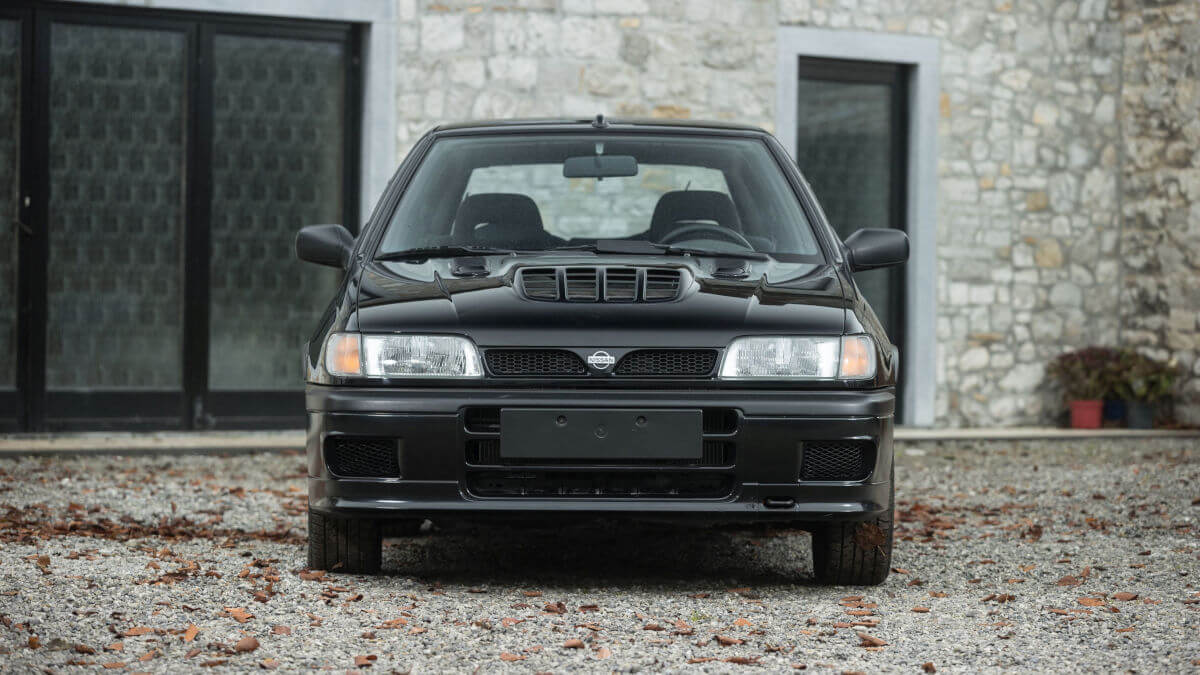

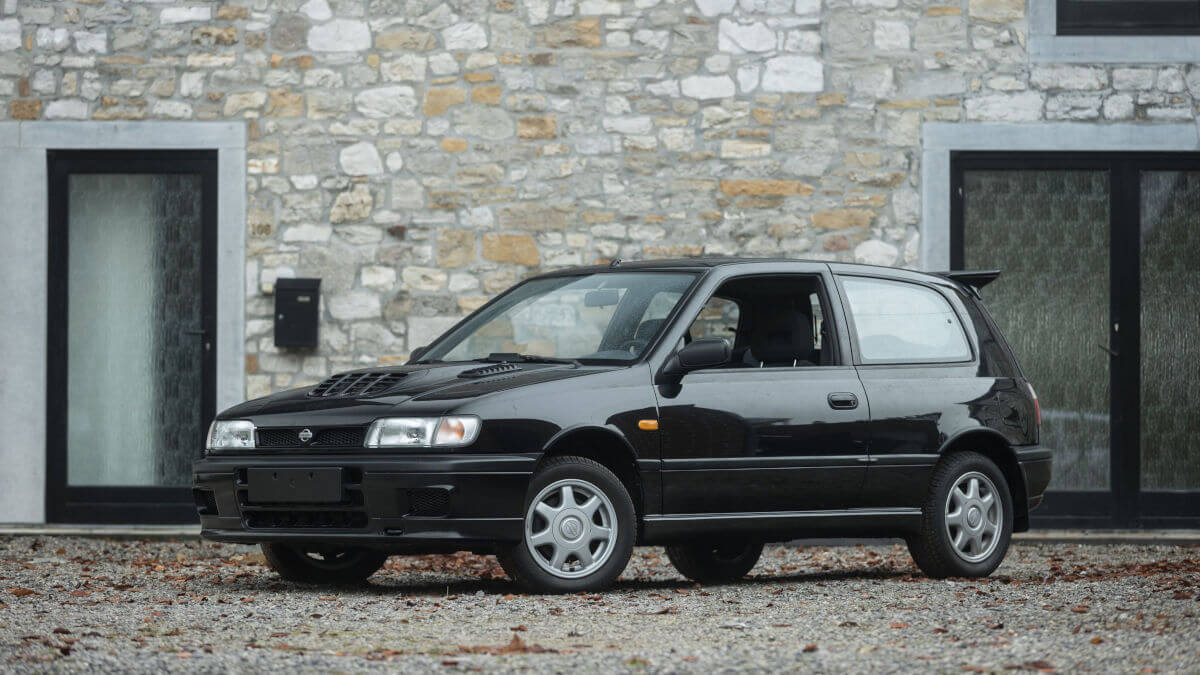

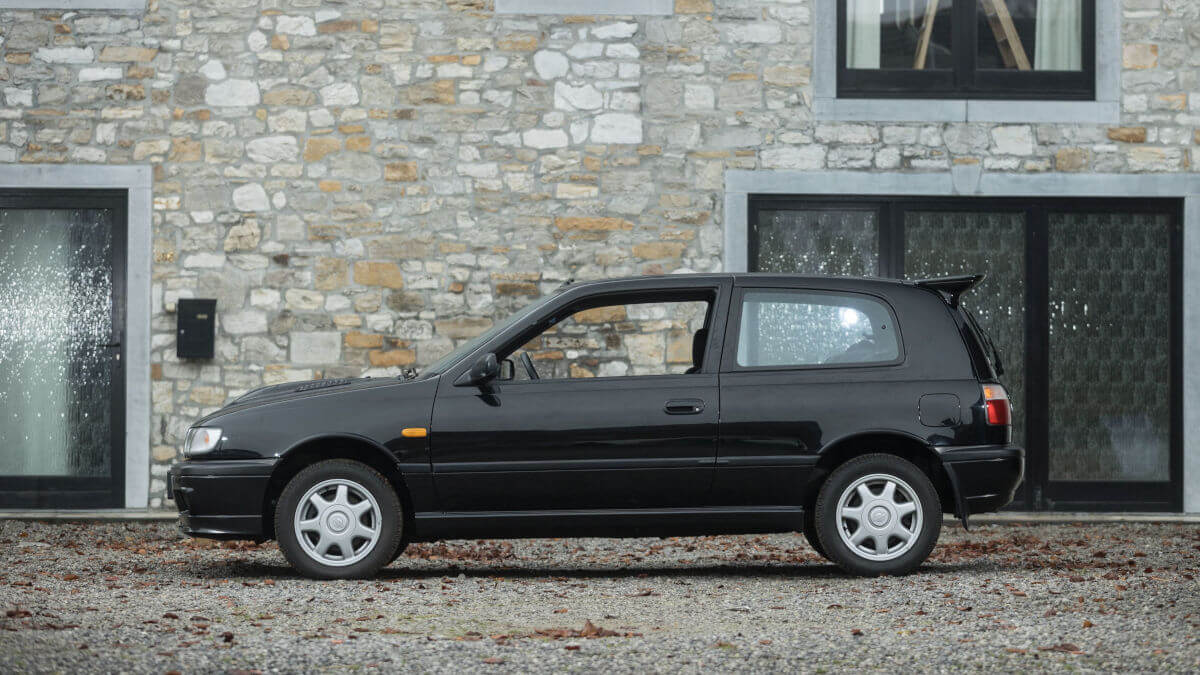

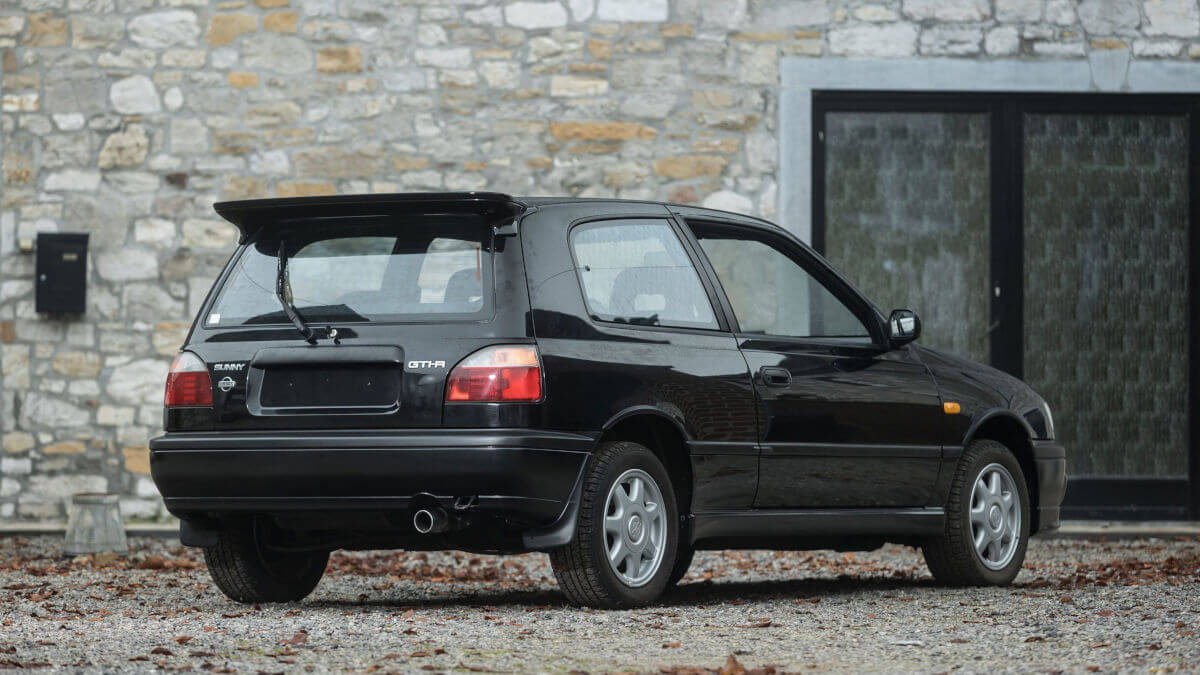

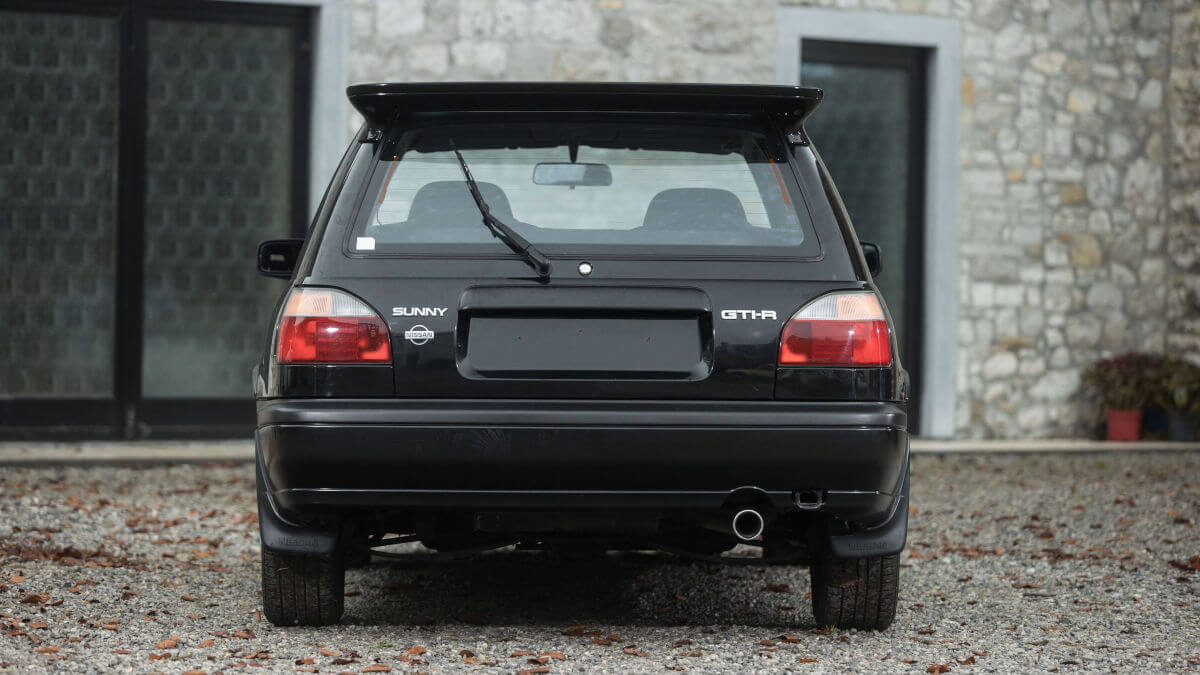

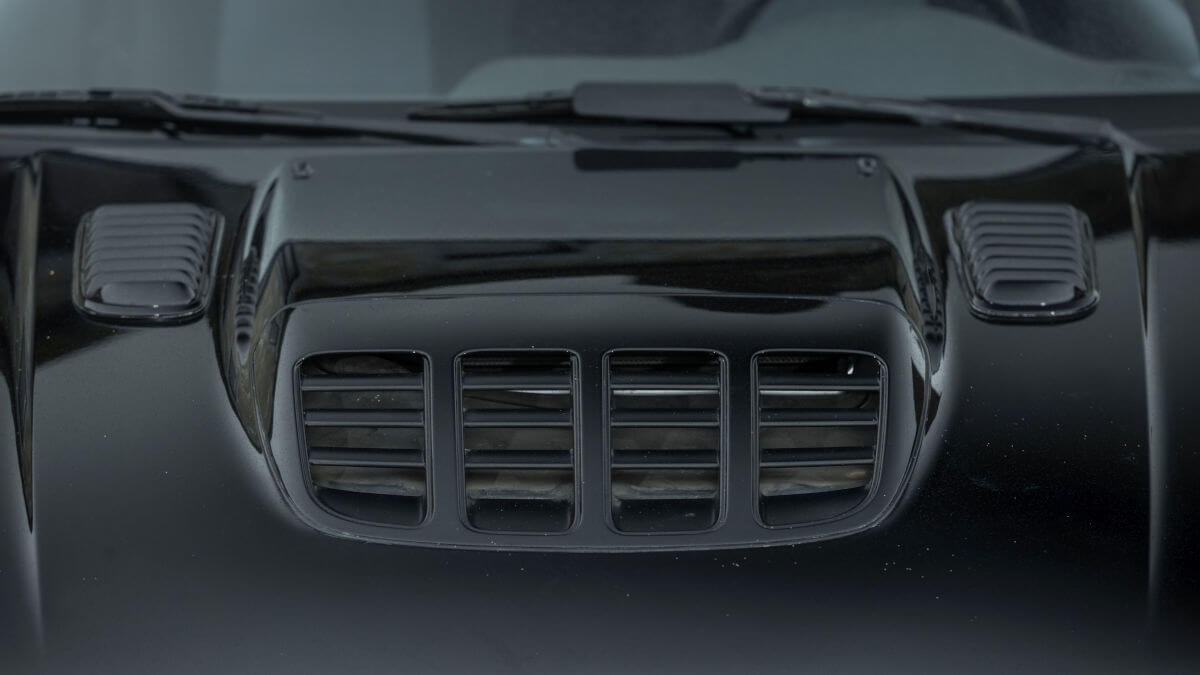

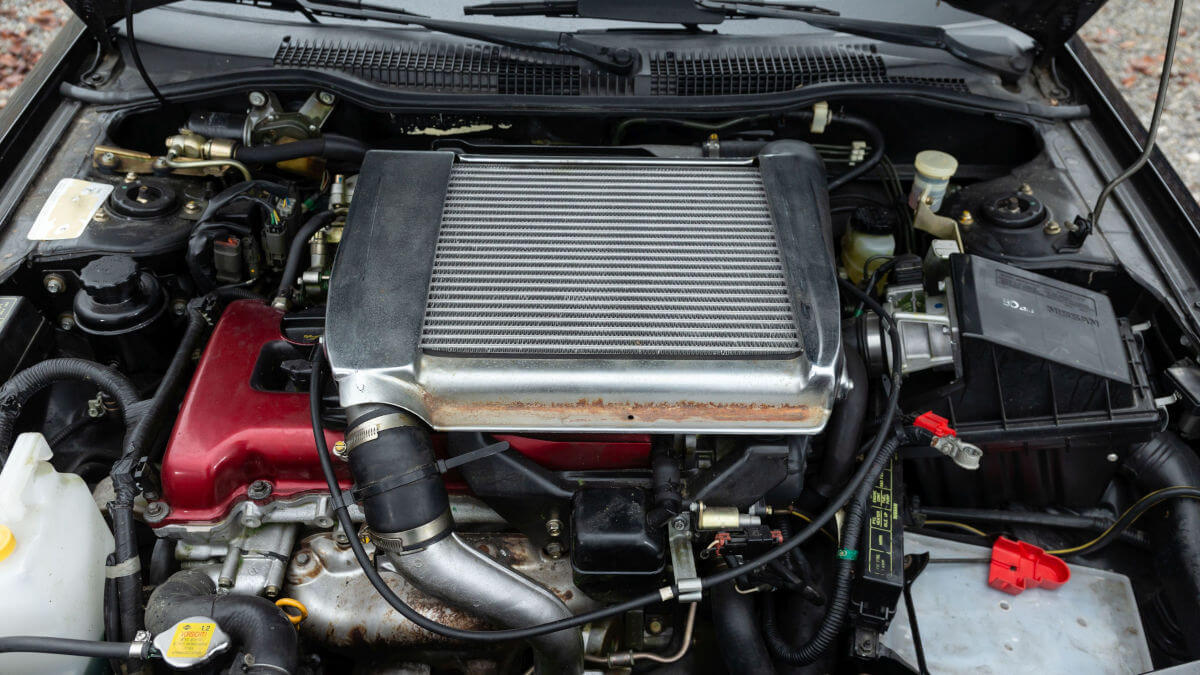

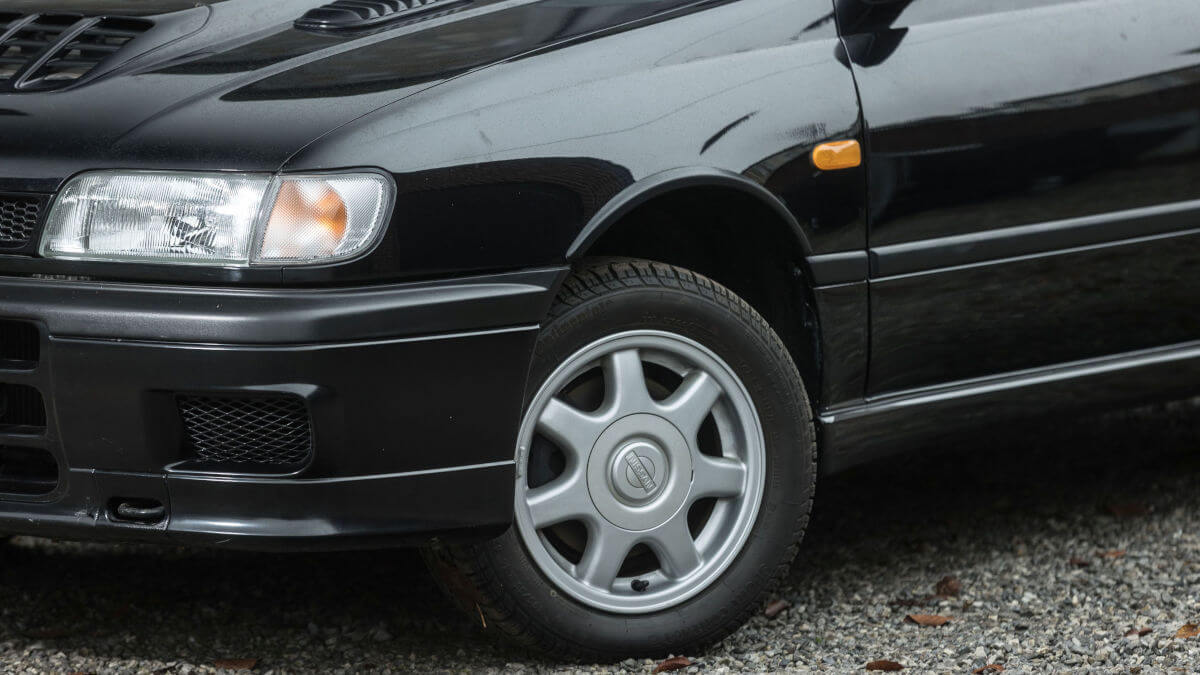

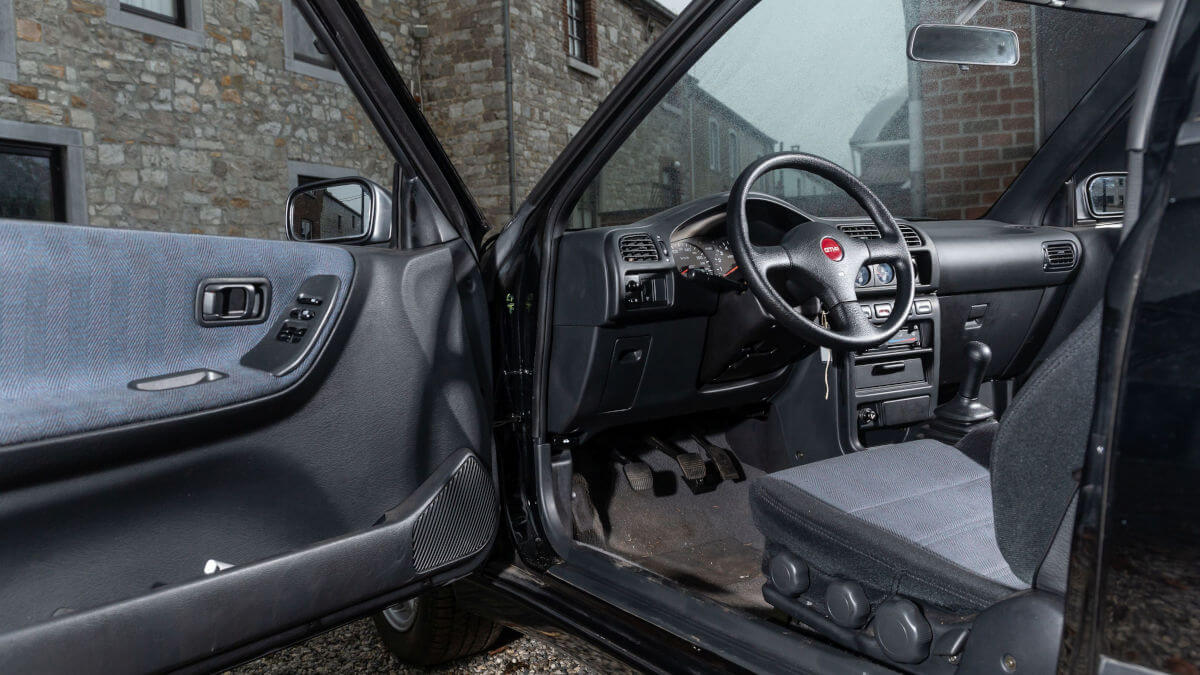

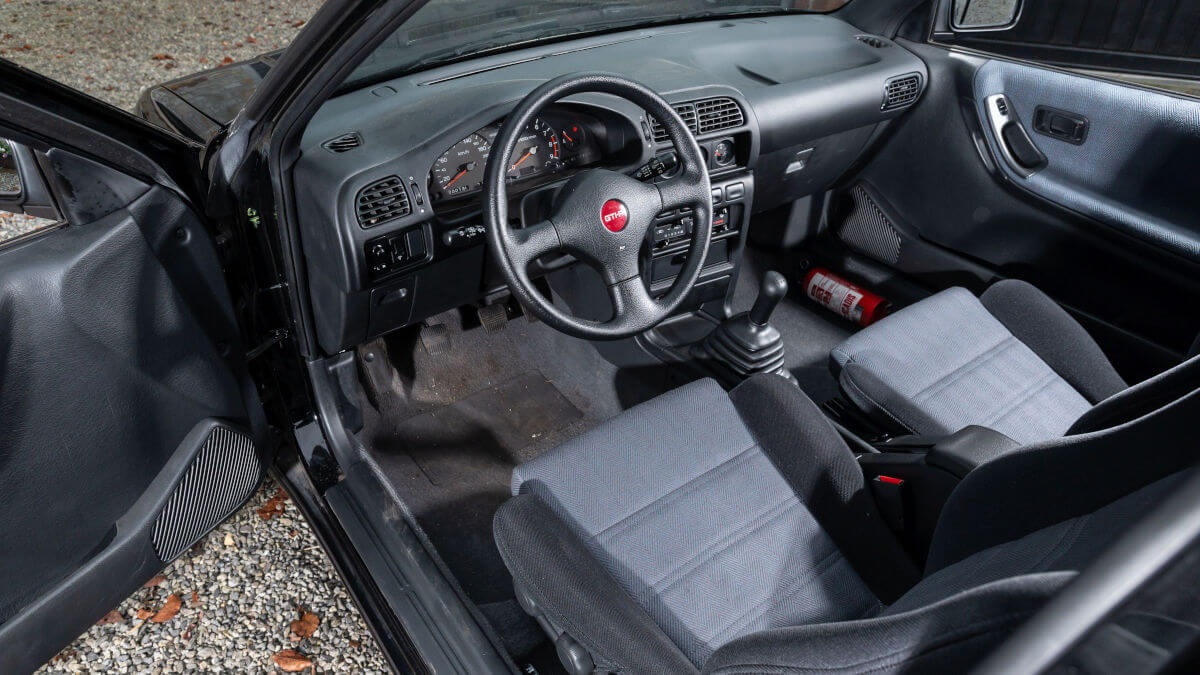

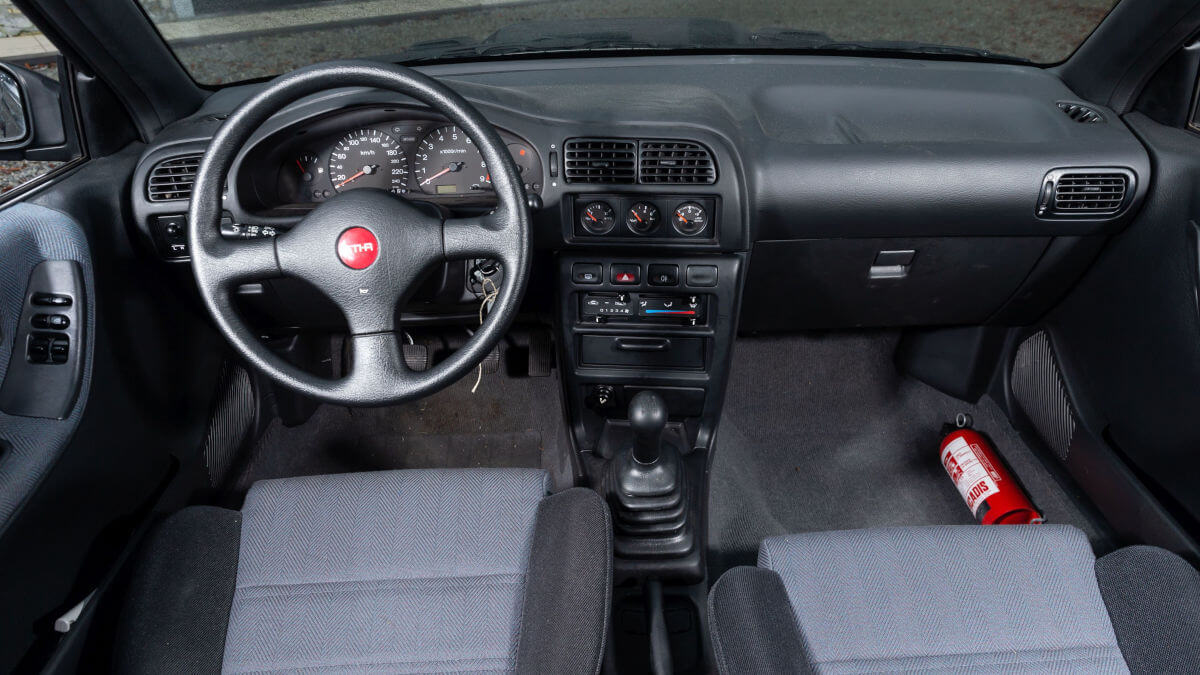

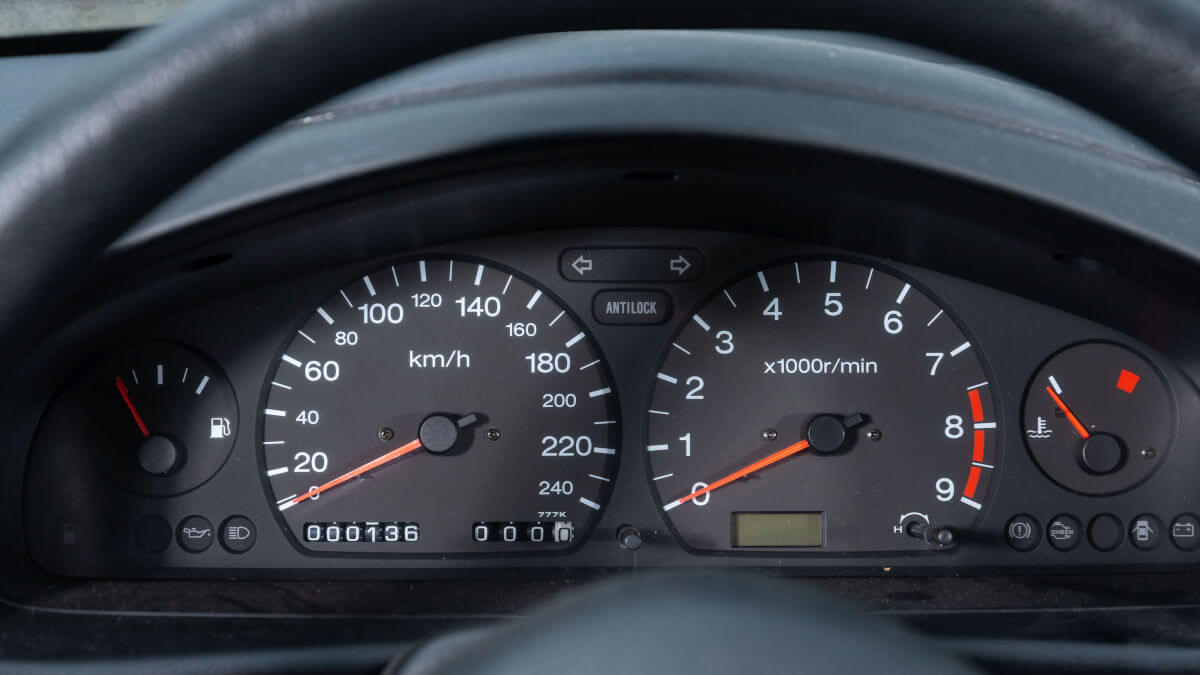



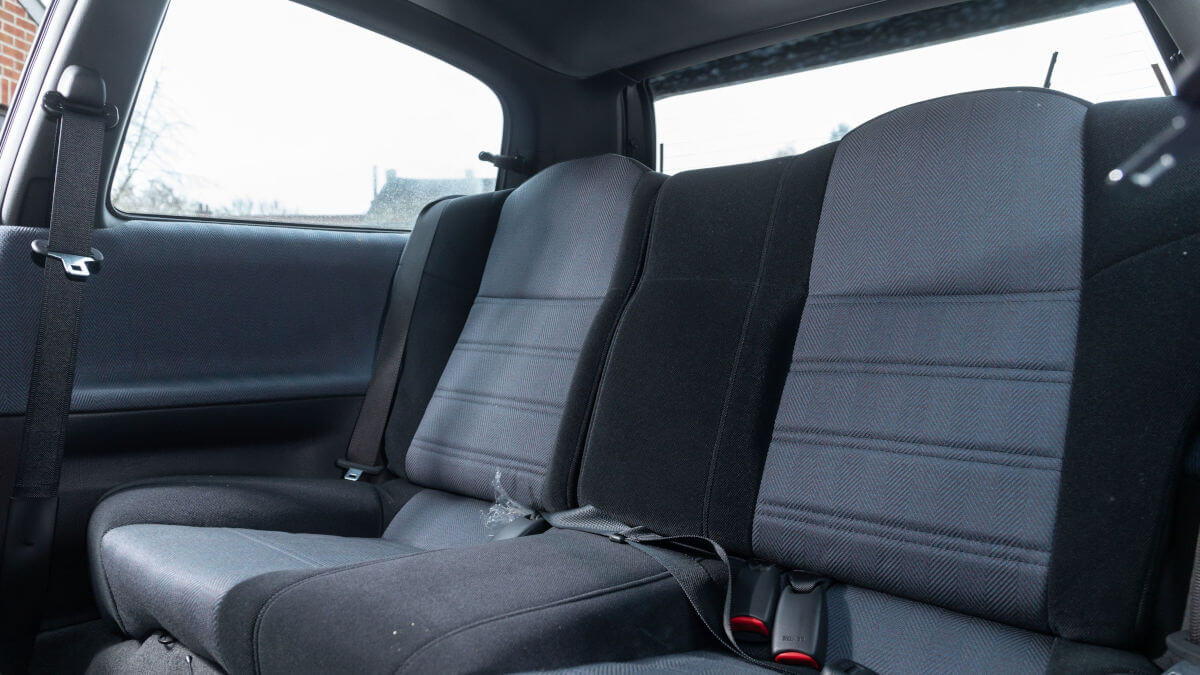

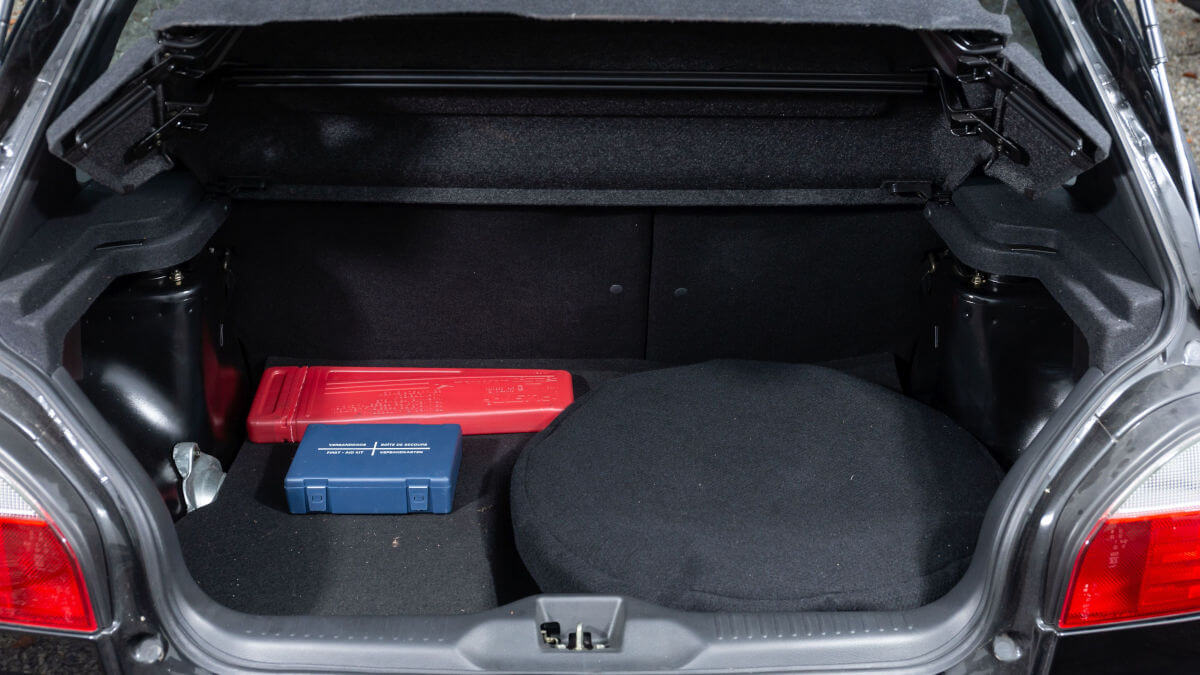

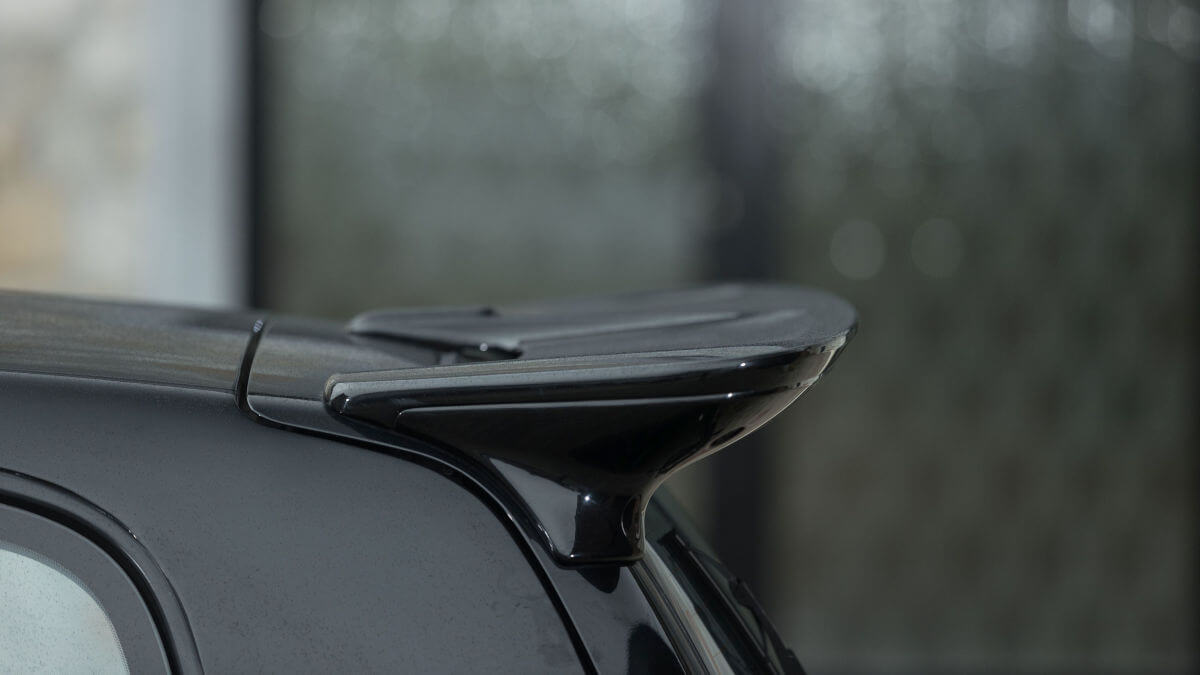

Aerodynamics limited the topspeed
Engine power was sufficient to accelerate the Sunny GTi-R from a standstill to 62 mph in 6.4 seconds when needed. Although the gear ratio would theoretically have allowed a topspeed of 155 mph, aerodynamics prevented this. On the hood, the GTi-R grew a powerdome with air vents to make room for the intercooler. The car also had a large spoiler above the rear window. As a result of these changes, the compact three-door car reached “only” 139 mph. In a comparison test with other Group A homologation cars, the Nissan came out on top in terms of tracking ability and lap time on the small circuit of Hockenheim. Nevertheless, the Sunny GTi-R remained a rarity in Europe.
LHD cars remained rare
Of a total of around 15,000 units produced, probably only about 1,000 rolled off the production line with LHD. 600 of these were offered in Germany at a new price of DM 60,000. This made the Nissan Sunny GTi-R twice as expensive as a Volkswagen Golf GTI and even three times as expensive as the basic version of the normal Nissan Sunny. The RHD version was called Pulsar GTi-R in various markets. In Group A, however, the rally successes failed to materialize. The intercooler in particular, which was installed high up, proved to be a weak point, as it raised the center of gravity and quickly came into contact with water and mud. The best result was a third place by Stig Blomqvist in Sweden in 1992. In the same year, a private rally team took the top two positions in the final standings of the smaller Group N with two Sunny GTi-Rs.
Nearly new car at Artcurial
Artcurial is auctioning one of the rare LHD Sunny GTi-Rs at the Retromobile motor show in Paris in early March. It comes from the collection of Frenchman Baudoin Lempereur, who even once owned three of them at the same time. He never registered this car for the road and hardly even moved it. The tachometer shows a mileage of only 136 kilometers. Strictly speaking, this is a new car. Unfortunately, both the original vehicle documents and the master key were lost. Therefore, the car comes with its spare key. At the auction in Paris, Artcurial expects a hammer price between € 20,000 and € 30,000. Little money for a rare homologation car for the World Rally Championship. Images: Artcurial, Peter Singhof


